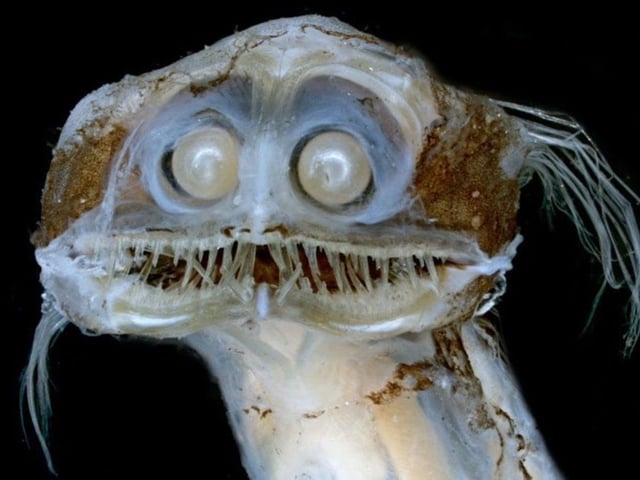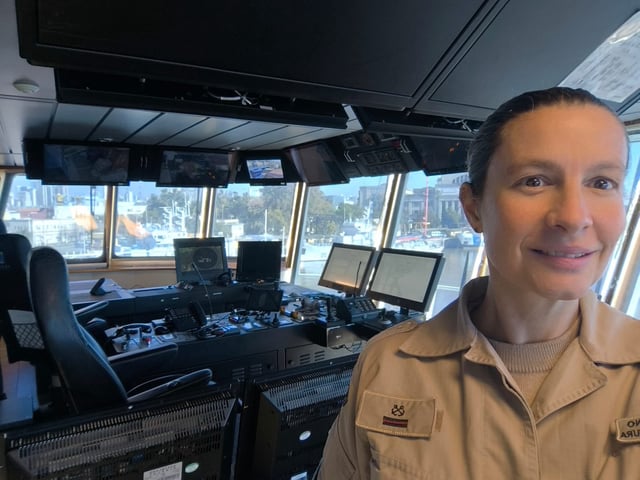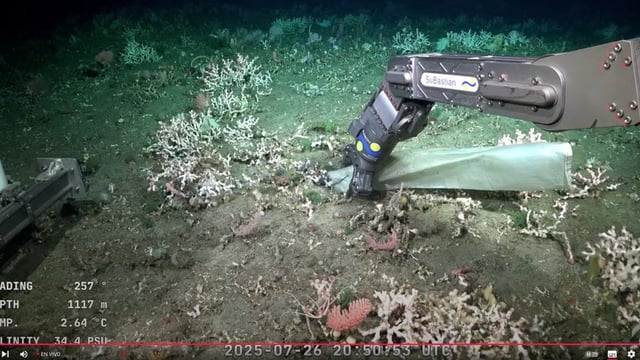Overview
- The stream on the Schmidt Ocean Institute’s YouTube channel has drawn peaks of over 80,000 simultaneous viewers, surpassing traditional streaming services and media live broadcasts.
- ROV SuBastian has conducted continuous dives to depths of 3,900 meters, capturing ultra-HD footage and collecting specimens without disturbing the ecosystem.
- Scientists have identified more than 120 invertebrate species during the Talud Continental IV campaign, with several potential new discoveries emerging in daily dives.
- A downloadable observation sheet and other educational tools for children were released to amplify public engagement and hands-on learning.
- Collected samples and environmental DNA will underpin at least ten years of follow-up research on deep-sea biodiversity and human impacts.



